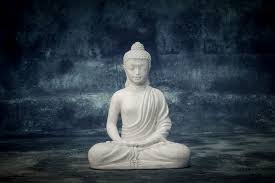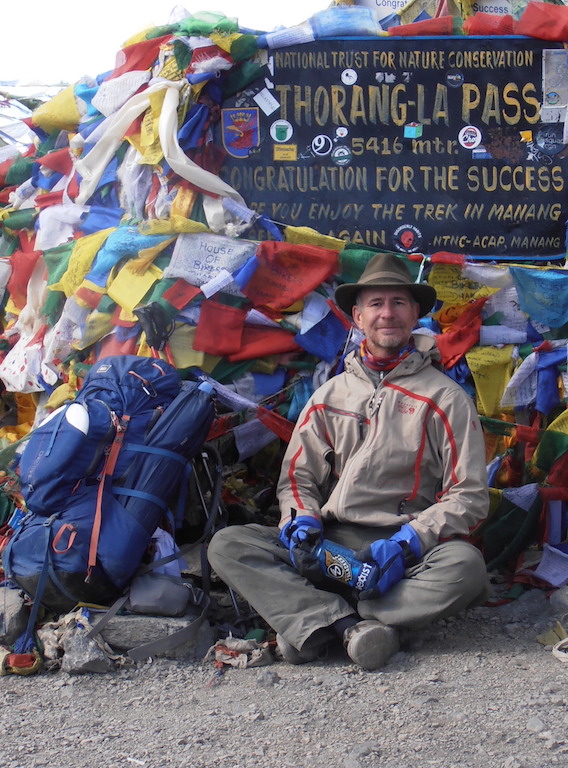How to meditate
This article is how to meditate and reduce suffering from chronic pain.
To begin, I share the science of suffering so that you can understand its origin, how brain cells become attached to each other and body parts and create links that lead to suffering.
When you understand the cause of suffering, you can eliminate it.
I share links to different types of meditation, but I write about what worked for me.
understand suffering
We suffer when dendrites become attached to neurons associated with suffering; meditation can help you detach these neurons.
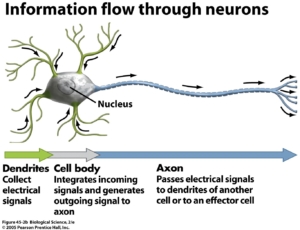
Perceptions and sensations are linked to thoughts and emotions that are attached to neurons of suffering.
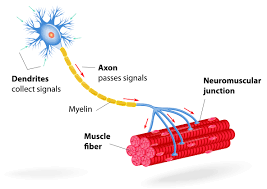
Ivan Pavlov demonstrated that minds and bodies are links between sensations, thoughts, and reactions when he conditioned dogs to salivate when they heard a bell.

Pavlov’s dogs illustrate classical conditioning, linking neurons that create associations between mind and body. Meditation is a way to detach linked neurons, removing causes of suffering.
Meditate
Meditation is for the mind what exercise is for the body. To feel your best mentally, meditate for at least ten minutes each day; or, as Buddhist humor says, meditate for at least ten minutes each day unless you’re too busy, in which case meditate for twenty minutes each day.
- Wikipedia highlights different approaches
- 10% Happier is a podcast of people sharing what has or has not worked for them
- The Art of Living is how to study the interaction between mind and body
how to Meditate
The rest of this article is how to meditate based on what worked for me. Explore different approaches, and try to mediate at least ten minutes a day.
Being with the right intention, and put forth the right effort. I practice a type of meditation described in the Art of Living and in the Satipatthana Sutta, awareness and observation. It’s a continuous learning process.
Many people find similar benefits through prayer. I found that meditation and prayer are similar; both require being observant, undistracted, allowing yourself to see more clearly. Both only need ten minutes a day. Both should feel good. Both help us reflect and be centered, knowing our place in the world.

Be without distractions
Be neither full nor hungry, tired nor energetic. Do not have consumed anything unnatural, or that you know influences your mind. Have nowhere else to be and nothing else to do; no one could be harmed by your actions or inactions.
relax
Become aware of your breathing, then gradually become aware of all senses, including thoughts; observe all of your senses without judgement.
Concentrate
Concentrate on being mindful of all sensations, delaying your reactions to them. When your mind wanders, gently return to being aware on your breath, remain relaxed, and observe. Do not judge yourself for how difficult it is to maintain stillness. Your wandering mind is an effect of attachment; do not judge, so that you can see the cause.
There’s a gap between thoughts; allow it to become longer.
Be Observant
Being relaxed lets you be alert longer, which lets you concentrate more effectively. Moments happen faster than thoughts, but you can not see them if you are attached to thoughts.
The feeling that you are trying to observe is difficult to describe. It’s common in many activities that require simultaneously being alert and relaxed, such as sports or martial arts, where decisions are made faster than thoughts can form. That alertness comes from practice.
A similar level of alertness can come from meditation, but you must become detached from conditioned influences, patterns in your brain that prevent you from seeing clearly.
analyze and improve
Even meditation can become an attachment if not done mindfully. Do not create new attachments from habits, and do not be attached to any one method or idea, even what I just said.
Be observant, and you will see. Be diligent, practice every day, doing more of what works and less of what does not work. Usually, doing less provides more, if you’re observant.
Mind AND body
Eventually, when meditating, modify your body position. Find what works for you.
Try sitting with your back and head comfortably straight, your chin slightly tilted towards your chest, and your hips slightly rotated. Your spine will be erect, but curved naturally. Your arms should be comfortable and away from your chest to allow efficient breathing. If possible, cross your legs or sit on your heels.
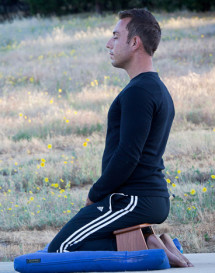
These body positions allow easier breathing and blood flow while you relax, therefore body positions can facilitate mind-body alertness.
Meditation is removing attachments, so do not become attached to anything, even to one method of meditation. Over time, you may be able to meditate while walking, exercising, or doing household chores. But, do not become so engrossed in your task that you loose mindfulness. Concentrate on your mind, even when doing tasks, observing sensations, but delaying your reactions.
Observe sensations until you are detached from them. When you are detached, your actions become effortless. This is like juggling three balls in the air. At first, you juggle by concentrating on each hand and each ball, but over time you become detached from the action and your mind is free while your body juggles effortlessly. You are detached; catching and tossing each ball becomes effortless action. Detachment is an easier life, free from suffering.
Concentrating on mind and body is important, because it allows you to remain grounded while becoming detached. Yoga, Tai Chi, and Aikido are forms of meditation, when done with the right intention. Surfing, throwing a frisbee, or cleaning your home of clutter can be meditation, if done mindfully, but that’s more challenging than mastering a martial art because it’s easy to become attached to the object, not the goal. Remain grounded, connected to earth.
ALLOW time
Time is your most valuable gift. Try to meditate for ten minutes each day. But, to free yourself from attachments causing pain, you must not become attached to anything new, even to the idea of meditating.
Remove doubt
I have no doubt that meditation reduces suffering, but I’ve been fortunate. I was able to take risks because I am a disabled combat veteran, with access to healthcare, and my education was paid for because of my service. My fortune comes from something greater than myself. I’ve had time to focus.
I share how to retire early on my blog. But, I ask people to prioritize their health and wellness at this moment. Try to meditate ten minutes every day, unless you’re too busy, then meditate for twenty minutes every day. There’s plenty of time; have faith that everything will be fine, if you’re putting forth the right effort.
I wish you success.

